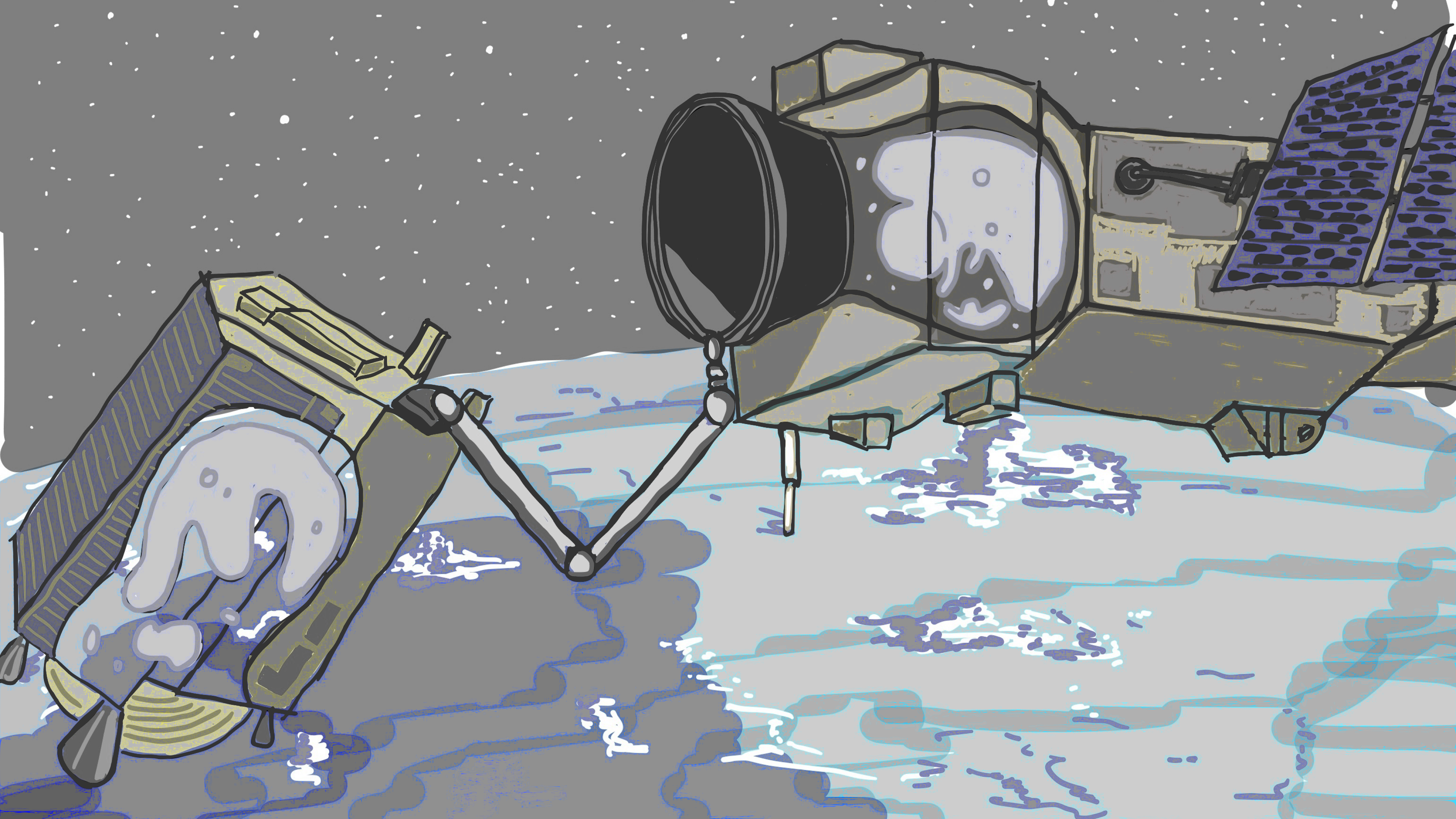Sloshing is the movement of the free surface in a partially filled reservoir. Modeling and controlling this phenomenon is paramount for the stability and performance assessment of space systems embarking liquid propellants. Sloshing was identified as the principal cause of the inefficient momentum damping observed during the anomaly of the Near Earth Asteroid Rendezvous (NEAR) mission and suspected to be the cause of the upper stage’s instability that brought to the loss of the Falcon 1 mission in 2007. Moreover, the new tendency in space exploration to bring man back to the Moon and beyond comes with the need for larger liquid propellant tanks to face longer missions. This poses new challenges in terms of safety and manoeuvre control performance. Nowadays, only Computational Fluid Dynamics (CFD) models allow capturing sloshing phenomena in micro-gravity conditions, where surface tension becomes predominant over gravity, and the fluid interface dynamic is largely different from what is observed on Earth.
However, CFD simulations are computationally too expensive for synthesising model-based feedback control laws with a guaranteed certificate of stability and performance. Moreover, sloshing could also interact with the natural oscillatory modes of flexible appendages (i.e. solar panels, robotic arms, antennas) and get dramatically amplified.
The objective of this PhD is multidisciplinary and aims to finally join the paths of very different research areas: fluid dynamics, multi-body modelling and automatic control. The final goal is to provide a general framework to correctly simulate the coupling effects of sloshing in micro-gravity in real-time, accounting for the vibrations of complex flexible space structures under feedback control. Many are the applications in which this research question is still open: fine-pointing missions, rendezvous and docking (for refuelling) and launcher coasting phase.

